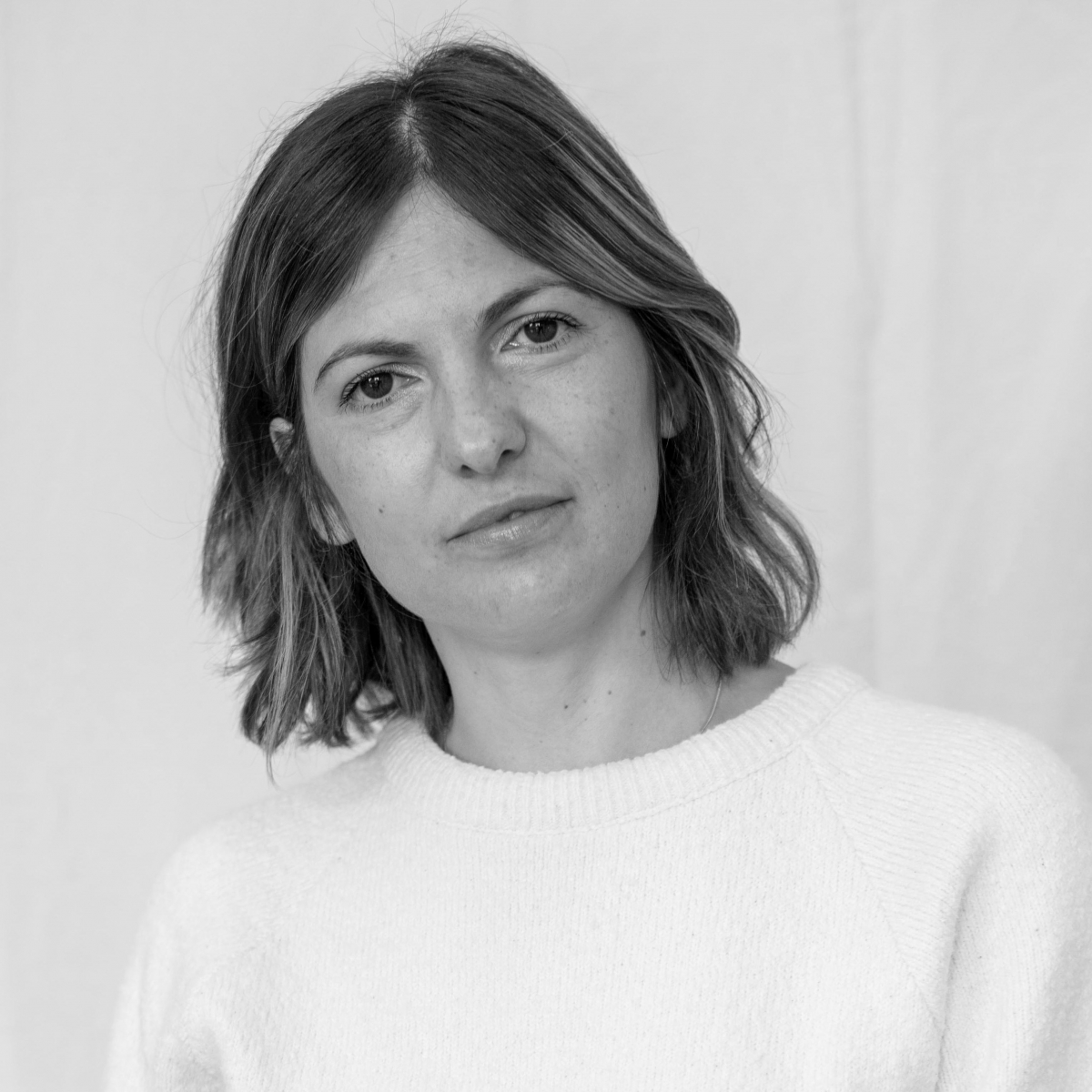Helder Antwerp
Who is… Helder Antwerp?
We have Ramona Stoica to thank for the trendy women’s wear of Helder Antwerp.
This power woman was born in Romania but moved to Antwerp in 2002 to chase two of her dreams: to live abroad and to study fashion – both of them excellent decisions, as it turned out.
Already as a student, Stoica took home a prestigious award in Monaco, and that got the ball rolling.
In 2017, the designer decided she wanted to help make the fashion industry a little greener, and Helder Antwerp was born.

![]()
Resources
End-of-roll fabrics and sustainable materials
Helder Antwerp mainly uses end-of-roll fabrics. These are fabrics from previous seasons that team Helder hunts down at textile manufacturers and various designers. These treasures used to become trash, but environmentally conscious masterminds, like Ramona Stoica, are increasingly saving them from landfill or incineration nowadays. Sustainable materials such as organic cotton, hemp, linen and bamboo stand in as a plan B for Helder Antwerp. From time to time, recycled materials also find their way into the collections.
![]()
Design
Long product life thanks to perfect fit and premium quality
Stoica is convinced that customers will want to hold on to items that last – both in terms of looks and fit. That’s why she not only opts for high-quality fabrics, but also devotes a lot of attention to patternmaking and fittings. That’s designing for longevity too.
![]()
Production
Small-scale production in Romania and Belgium
Helder Antwerp’s capsule collections are made in Stoica’s birth country Romania, in a studio that is committed to sustainability and only works with small labels like Helder. Clearly, mass production is not in this partner’s vocabulary. Preorder items, in turn, come to life in Helder’s own atelier in Deurne, Belgium. Finally, Helder knitwear is also made in Belgium: in Waregem, to be precise.
![]()
Retail
Avoiding overstock with small drops and preorders
You won’t see Helder Antwerp launching a big collection each season. Instead, the brand treats its fans to small drops throughout the year – a method that enables it to keep track of production (in the traditional system, by contrast, the label would have to decide what and how much to produce a year in advance). Some items are only made to order. The customer picks a colour and a size, and as soon as he or she hits the ‘buy’ button, Stoica’s team gets to work. This is a perfect way to avoid overstock and produce only items that will definitely be sold. In addition, Helder Antwerp is rethinking its packaging materials. The idea is to replace plastic with more sustainable alternatives that can be reused up to twenty times.
![]()
Consumption
Tips to take better and more sustainable care of clothes
On its website, Helder advises customers to hang their items in the fresh air (so the breeze can take care of any unpleasant odours) and to use the washing machine sparingly. If doing a load of laundry can’t be avoided, Stoica encourages customers to wash at a lower temperature and to line-dry their clothes rather than exposing them to the excessive heat of the dryer. A double win for the planet and in terms of product lifespan.
![]()
End of life
Upcycling unsold items
At the moment, Helder Antwerp is hard at work to give a new life to unsold items by upcycling them to new models.

Which lesson(s) do you want to share?
Stoica: “Though sustainability is in our DNA, it’s a matter of staying focused and working hard. And it’s okay to admit that you get things wrong from time to time. All we can do is try our best.”
Ramona Stoica (founder and designer Helder Antwerp)
What does sustainability mean for you?
Ramona Stoica: “Sustainability means different things to different people. We feel it’s important to work with sustainable fabrics, while also devoting a lot of attention to design, fit and production. I would never team up with manufacturers who put their employees to work in poor conditions and for unfair pay. Implementing sustainability is a difficult project that you can never completely succeed at, but we’re trying to find the best solution with every step we take.”
What challenges are you currently facing?
Stoica: “Sustainable entrepreneurship comes with a price. Especially as a small company, you pay more for your fabrics, production, and so on. That’s why pricing is and remains a challenge.”
This page was created in March 2021. Curious to find out where Helder stands now? Feel free to get in touch with info@helderantwerp.be!